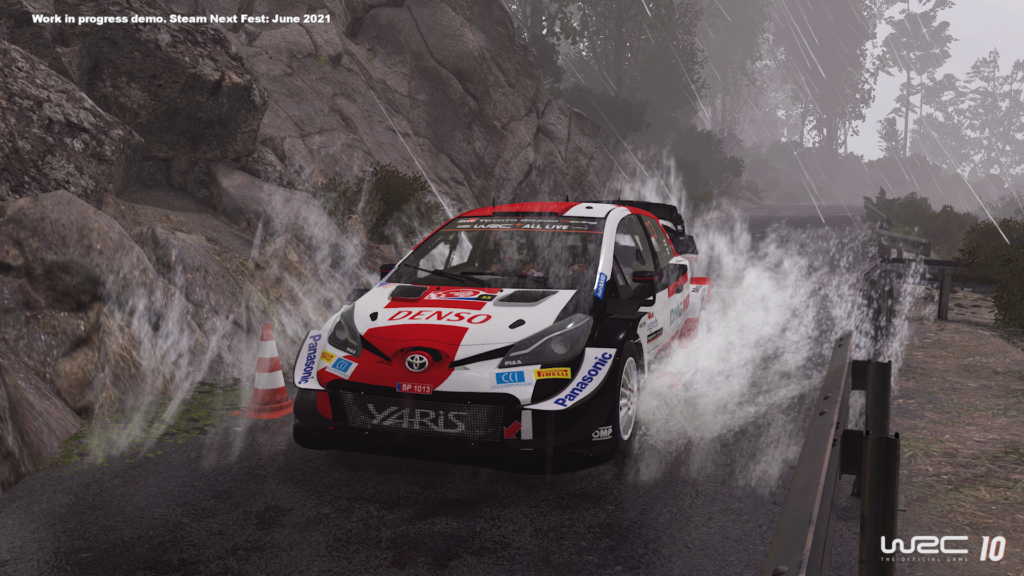WRC 10 is the sixth licensed rally game to be developed by French studio Kylotonn and one that’s proudly being marketed as the game to mark and celebrate the 50th anniversary of the World Rally Championship.
While it will be released on September 2 of this year, since it won’t be replaced until late 2022 at the earliest, it will be the newest WRC game for the majority of the championship’s 50th year.
As such there’s a greatly increased focus on historic content with new countries and cars added from the annals of rallying history.
A total of 12 countries will be included in the game’s anniversary mode including the likes of the Acropolis rally in Greece (a late addition to the 2021 schedule) as well as New Zealand, Argentina and Germany. Seven of those will be available from the start with the remaining five coming out in a free, post-launch update.

That will all go alongside the modern day stages which will include all the countries that will be hosting rallies this season plus places that were originally going to before the pandemic forced changes, namely Sweden, Chile and Great Britain.
The legendary cars roster has also been increased to 22 in total with notable additions including both versions of the Group B Peugeot 205 Turbo 16, the 1980 Fiat 131 Abarth, Tommi Makinen’s Mitsubishi Evo V and the Subaru Impreza that nearly secured Colin McRae the 1997 WRC drivers’ championship.
A couple of classic cars from WRC 9 haven’t survived the transition to the latest game, specifically the Ford Focus RS 2007 and VW Polo R WRC are both absent.
Unfortunately, the preview version of the game we’ve had access to only contains modern day WRC cars and stages from Croatia, Estonia and Spain so we haven’t been able to try out any historic content as yet.
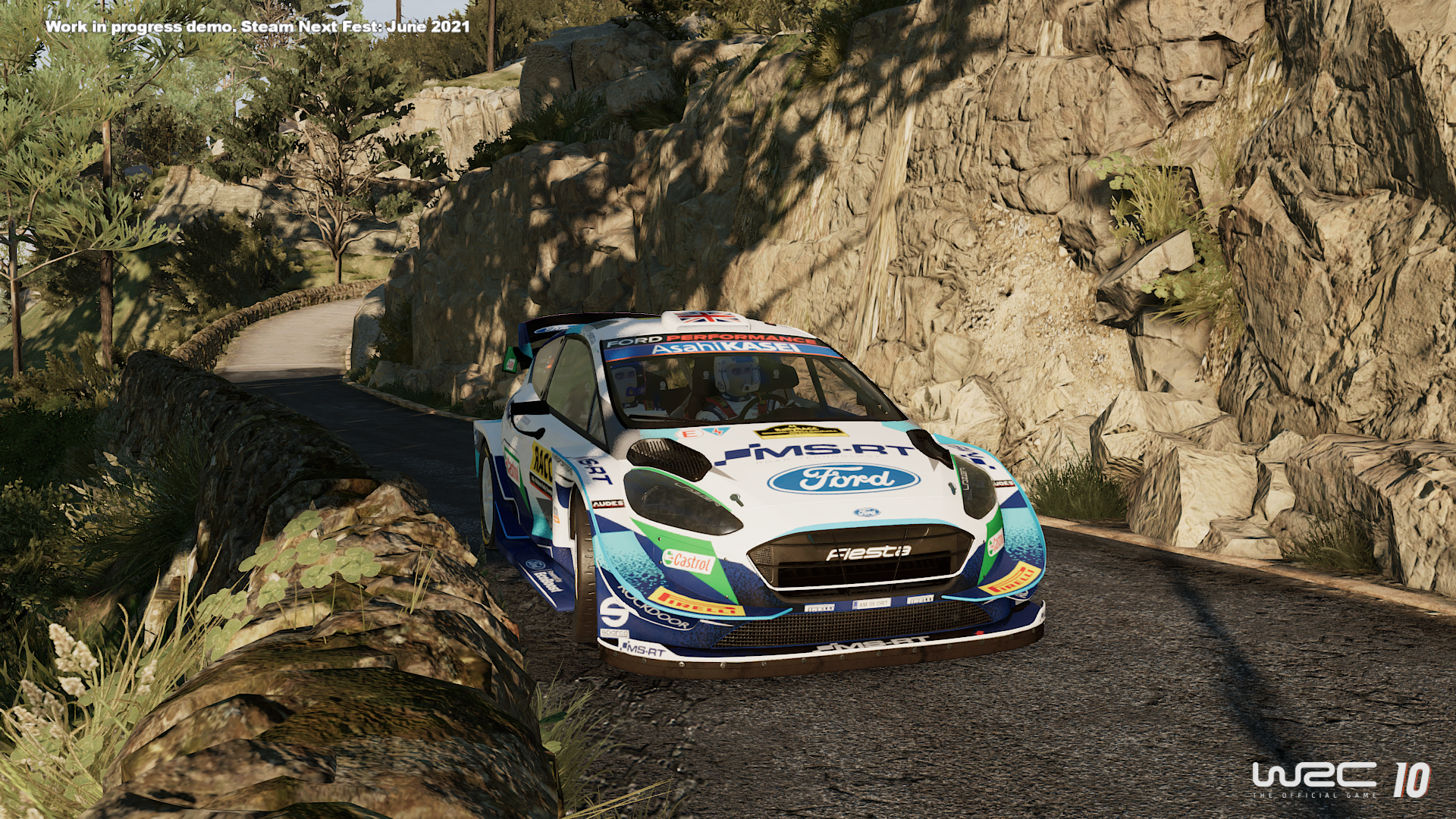
However, we know there will be over 20 challenges based around real-life events, such as replicating Walter Rohrl’s win in the heavily fog affected 1980 Portuguese Rally and Sebastien Loeb’s achievement to be the first non-Scandinavian driver to win the Swedish rally in 2004.
Those challenges and cars will have the benefit of using the names of the relevant real drivers whereas WRC 9 featured classic cars but fictional driver names to go with them.
That also presumably means the name Colin McRae will be in a WRC game alongside the 1997 Impreza he drove. An interesting point given that he was omitted from older WRC titles since he’d licensed his name to the Codemasters produced Colin McRae Rally game series.
More than just the rallies and the cars is capturing the atmosphere of rallying history as spectators will be crowding the side of the road in the historic stages – an infamous part of WRC’s history.
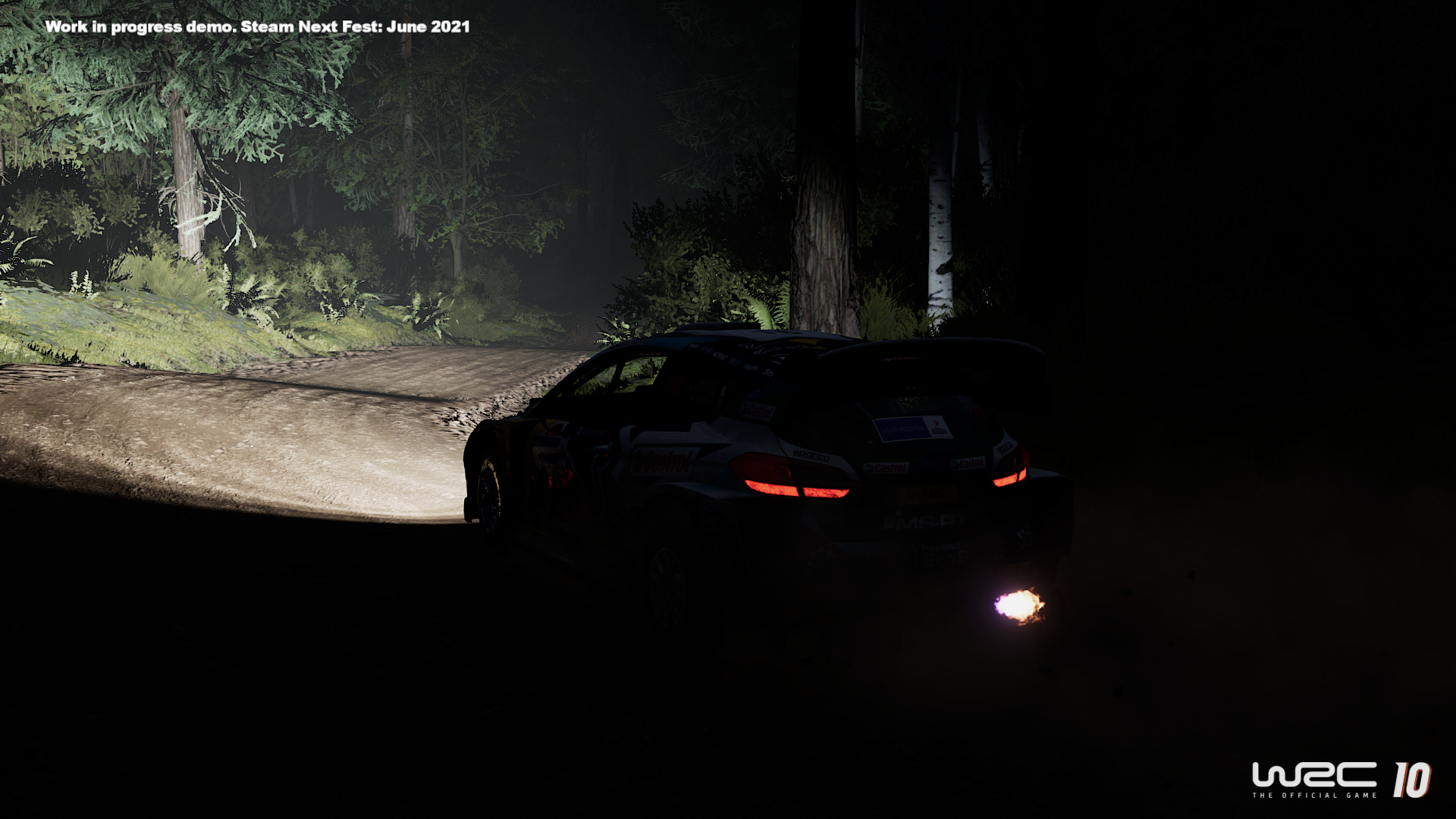
The classic Sanremo rally will be playable in 1981, 1997 and 1998 variations which will be used for the relevant challenges in the game’s anniversary mode.
WRC 8 was the first one developed by Kylotonn to have classic cars but also had a massive physics overhaul and it’s those much-praised car physics that have been improved upon for WRC 9 and yet again for WRC 10.
For the latest release, there’s an all-new suspension model, new aerodynamic features such as ground effect and advanced chassis and differential management.
On tarmac stages the modern day WRC cars feel very similar to how they did in WRC 9 but there is a bit more feeling as to what the front of the car is doing, especially under braking.
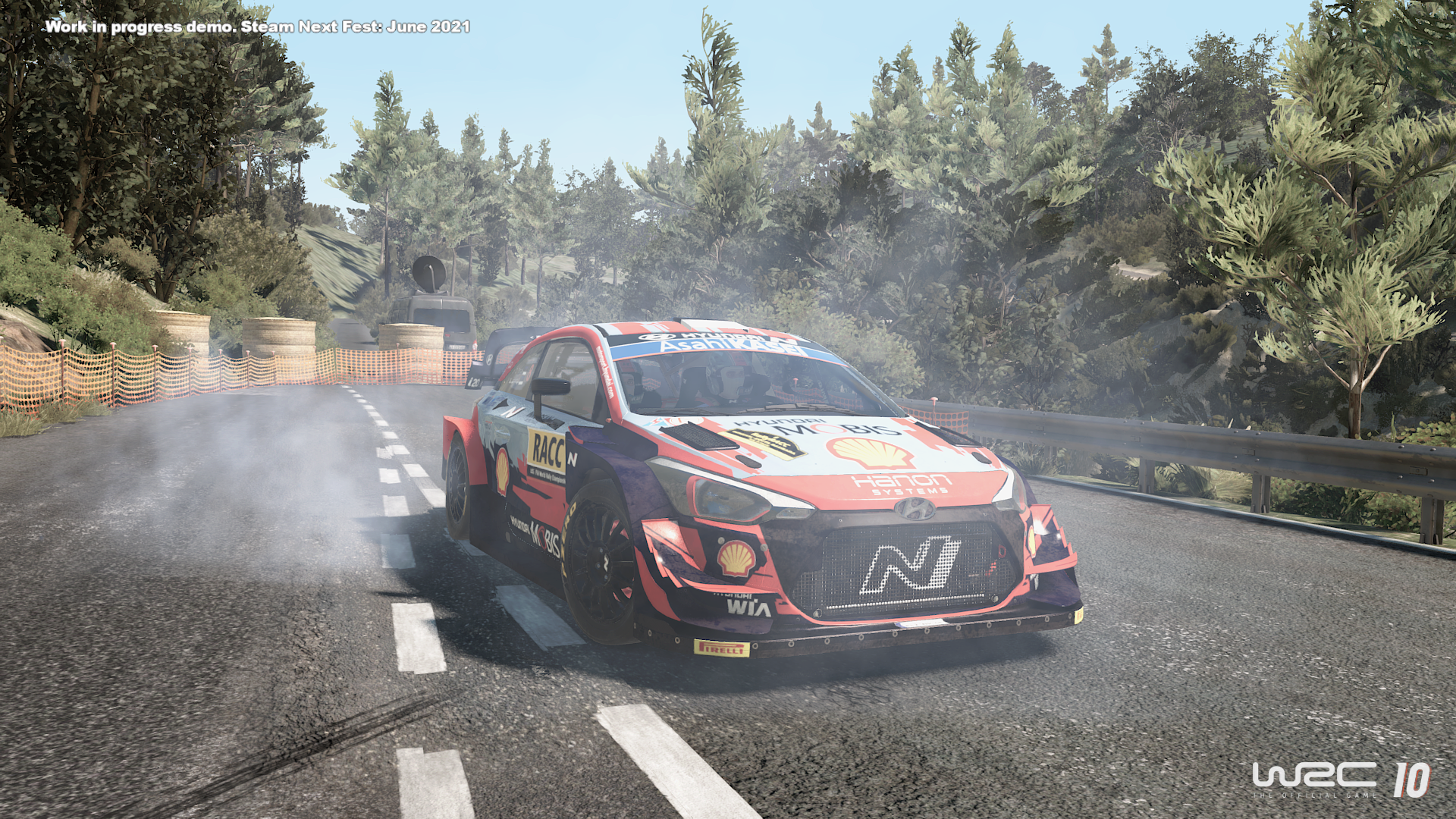
The much bigger difference is found during off-road stages where you can really tell you’re on a loose surface since you’re constantly sliding at least a bit and going at full throttle is terrifying when the car is still crabbing slightly.
Having refamiliarised myself with WRC 9’s car handling just before trying out WRC 10, I skidded straight into a fence at the first corner of the Estonian stage because I didn’t expect to have that little grip when on gravel.
Outside of physics improvements almost all of the car models have had completely new sounds recorded for them, including the classic cars, and there are new crash sound effects too.
However, the actual car damage model in WRC 10 isn’t very different from its predecessor, which is a problem as it is still an area of the game that needs a major rethink.
You can inflict fairly significant visual damage on your car and have punctures that you can repair in the middle of a stage, but you have to drive extremely recklessly to get your car into that state.
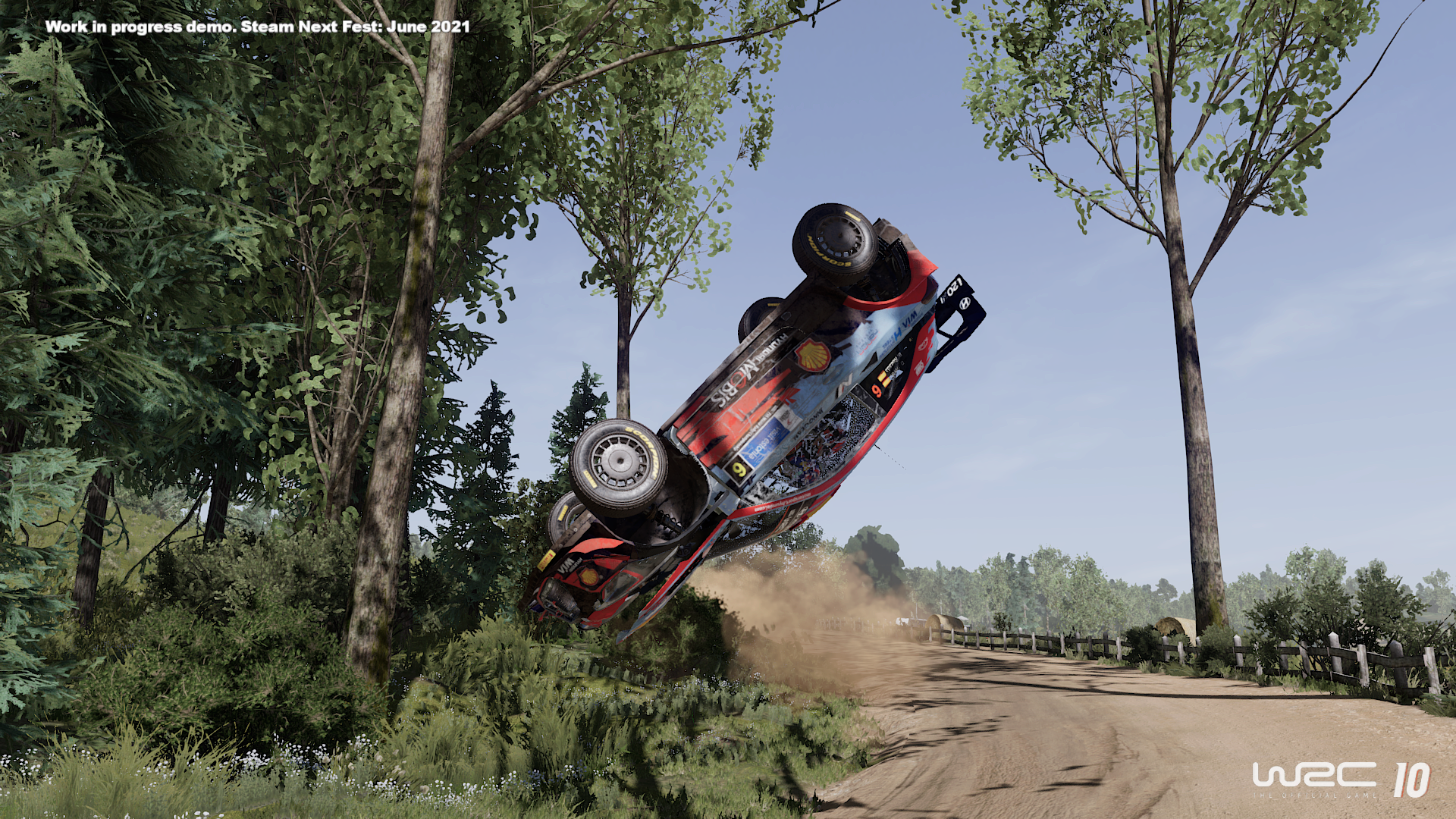
Even if you ignore how your car looks after a crash, the actual performance of your car or how easy it is to drive hardly changes unless you lose a tyre.
Without going out of your way to deliberately damage your car, the condition it’s in is unlikely to ever be a major concern. When you compare it to the damage model in the DiRT Rally games it’s inexcusably bad.
Career mode has had some changes made to it with enhanced skill trees, sponsor management and new areas of team management such as new staff positions.
Shakedown stages are a belated but worthwhile addition to the career mode, giving players the opportunity to test out their car’s set-up and check the surface conditions before starting a full stage.
The big new inclusion to career mode though is the ability to play through career mode with your own created team, taking a leaf out of F1 2020’s book.
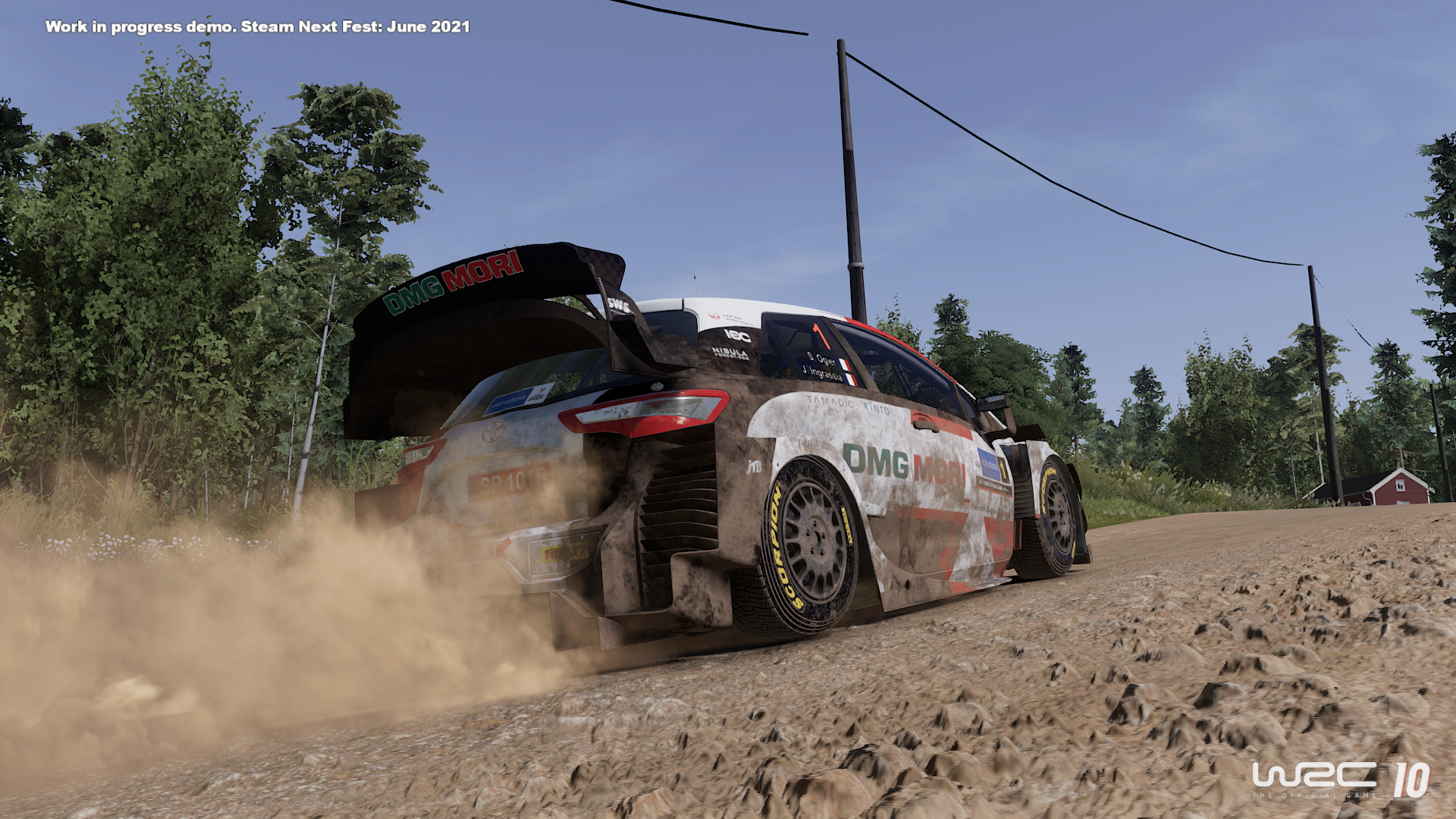
That means there’s a rudimentary livery editor included to allow you to personalise the appearance of your team’s cars and you’re free to put any of the game’s sponsor logos onto your car.
However to be able to drive for your own team you’ll have to complete a number of the historical challenges which have been integrated into the career mode. Only then will players be considered to be knowledgeable enough about the intricacies of WRC to be able to move from one of the real teams to your own, although you can choose to stick with one of the real-world teams instead.
There are just over two months until the full game comes out and while there have been some improvements, it’s difficult to gauge how big a step WRC 10 will be over WRC 9 until we get to see and try out the 50th anniversary content.


